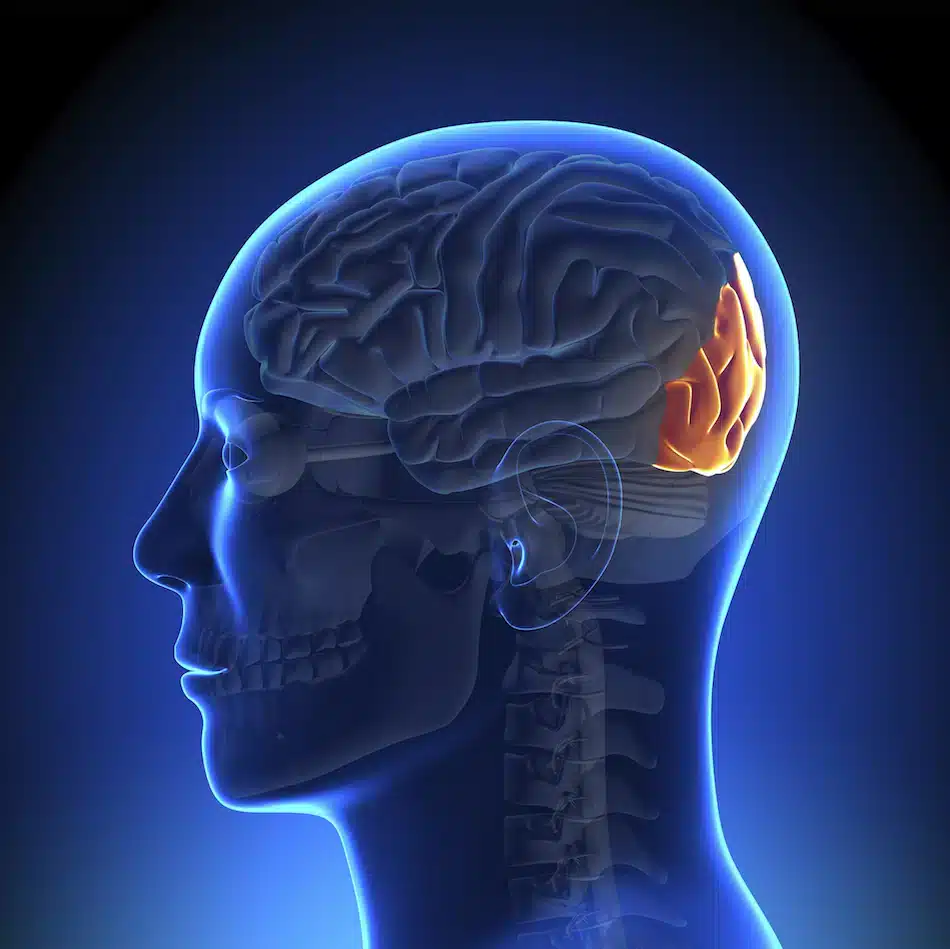Fibromyalgia is still a mystery to many. In most cases the cause is unclear, diagnosis is difficult and treatment is mediocre at best. But for those experiencing fibromyalgia pain – or those who think they may have this complicated condition – it’s important to learn all you can, including how this condition manifests, what type of people are at risk and what treatment options pose the best chance for relief.
Fibromyalgia Basics
According to the American College of Rheumatology, fibromyalgia affects 2-4% of people, with women experiencing it considerably more often than men.[1] The cause of fibromyalgia isn’t completely known, however researchers are exploring various avenues to learn more about how it comes about. Some researchers think the pain may be caused by a change in how the body communicates pain to the brain, which results in the body reacting too strongly to stimuli that wouldn’t otherwise be painful.[2]
What is known is that fibromyalgia symptoms often manifest after either a physically or emotionally traumatic experience. The condition is characterized by pain and tenderness throughout the body, which can move around to different locations and come and go.
Unlike arthritis, fibromyalgia doesn’t cause inflammation or damage to the joints, muscles or tissues,[2] but it does cause considerable pain and tender points throughout the body that hurt to the touch. But fibromyalgia encompasses more than just widespread pain; it also causes fatigue, sleep problems and even memory and thinking issues, a condition colloquially known as “fibro fog.”
Diagnosing Fibromyalgia
There is no test to diagnose fibromyalgia, which means that many times individuals suffering with the condition visit many doctors before receiving the correct diagnosis.[2] Once you find a doctor familiar with the condition, they may still perform multiple tests in order to rule out other conditions that may present with similar symptoms, like hypothyroidism.[1]
Once other conditions are ruled out, the typical criteria for diagnosing fibromyalgia include persistent pain lasting at least three months, a certain number of painful sites throughout the body, and mood and behavioral symptoms such as fatigue, waking unrefreshed and cognitive difficulties.
Treatment Options
There are several medications approved by the FDA for the treatment of fibromyalgia, which work either by changing some of the brain’s chemicals or by blocking the activity of the nerve cells involved in pain transmission. Some doctors may also prescribe antidepressants, which can help relieve fibro symptoms in some patients. Utilizing opioids for fibromyalgia pain isn’t recommended, since research has shown that opioids are of limited benefit and can actually make pain worse (a condition called opioid-induced hyperalgesia).
Unfortunately, the available fibromyalgia drugs aren’t effective for everyone. That’s why a combination of lifestyle modifications, comprehensive treatments and pain management services are also recommended.
Exercise – particularly low-impact aerobic exercise – has been shown to be one of the best ways to reduce fibromyalgia pain. Walking and swimming, in particular, have been shown to have incredible pain-relieving effects. In addition, alternative treatments like tailored acupuncture, massage, mindfulness-based stress reduction and tai chi may help reduce symptoms for some.[3] A pain management physician may also be able to contribute to a comprehensive fibromyalgia pain management plan, whether that’s by offering interventional procedures, facilitating physical therapy or assisting in medication management.
How Can Physical Therapy Help Manage My Fibromyalgia Pain?
Fibromyalgia can be a confusing diagnosis and difficult to understand. Prior to receiving this diagnosis you many are sent to numerous specialists including immunologists, neurologists, and rheumatologists. Each specialist may have given you a different diagnosis or treatment option, with various medications that you tried and failed. Now what? It is important to have a clear understanding of what fibromyalgia is.
Fibromyalgia is defined as widespread pain and hypersensitivity to normal touch and daily activities. The latest research is suggesting that fibromyalgia is a product of a sensitivity of the nervous system, starting in your brain. When your brain decides there is a threat to your survival, it will increase the sensitivity of your whole system to ensure you are aware of how to protect yourself. Your brain is doing too good of a job trying to protect you.
So what can you do about it?
There is no reason to believe that you can’t live a normal life without constant pain, fatigue, and other symptoms associated to fibromyalgia. Physical therapists are equipped to work with you to determine the best way to manage your symptoms. Here are a few of the things your PT will do to decrease your symptoms and help you get back to doing what you love!
- Develop a routine exercise program. This is vital in the recovery and management process. The human body is designed to move, and a regular exercise program will help restore a chemical balance that decreases sensitivity. Your physical therapist will help you determine which mode of exercise is the most appropriate for you.
- Learning how to pace yourself will help improve your ability to perform activities without causing a flare up of pain.
- Therapeutic neuroscience education to help understand why you have pain and what is happening in your body when you experience pain. Knowledge is power! The more you understand about fibromyalgia, the more you can empower yourself to take charge of your pain! YOU are the best tool against fibromyalgia pain.
There are resources out there to help you through this process. A recommended workbook that will help guide you down the road to recovery is “Your Fibromyalgia Workbook” By Adriaan Louw PT, Ph.D., CSMT.
Don’t be discouraged by fibromyalgia, move forward with physical therapy!!
[1] American College of Rheumatology. “Fibromyalgia.” May 2015. Accessed December 14, 2016. http://www.rheumatology.org/I-Am-A/Patient-Caregiver/Diseases-Conditions/Fibromyalgia.
[2] National Institute of Arthritis and Musculoskeletal and Skin Diseases. “Questions and Answers about Fibromyalgia.” July 2014. Accessed December 14, 2016. https://wwthe w.niams.nih.gov/health_info/fibromyalgia/.
[3] Nahin, Richard L., Robin Boineau, Partap S. Khalsa, Barbara J. Stussman, and Wendy J. Weber. “Evidence-Based Evaluation of Complementary Health Approaches for Pain Management in the United States.” Mayo Clinic Proceedings 91, no. 9 (September 2016): 1292–1306.











